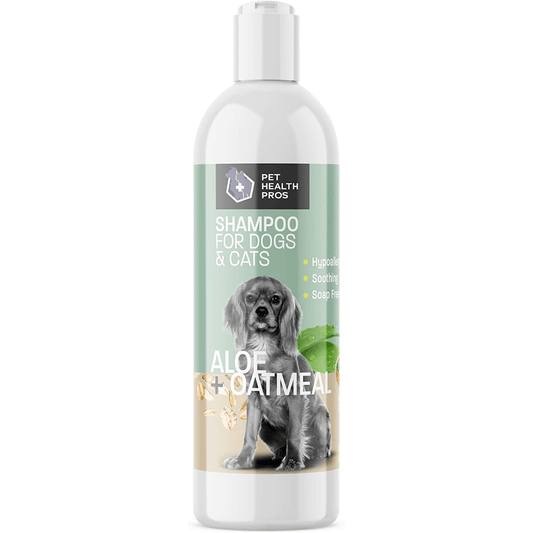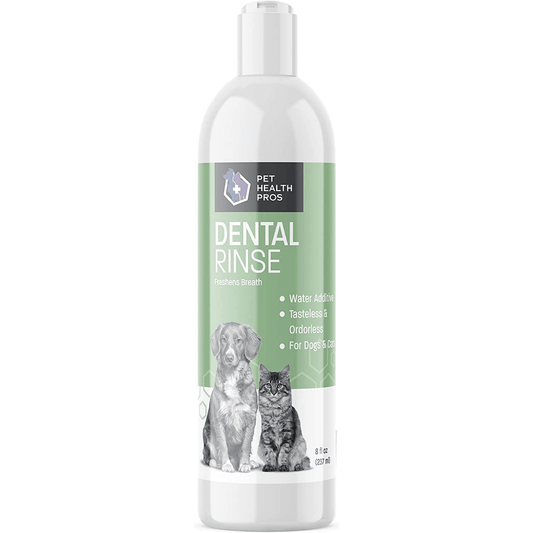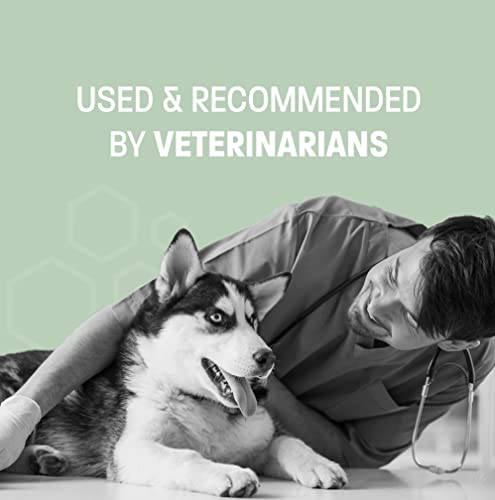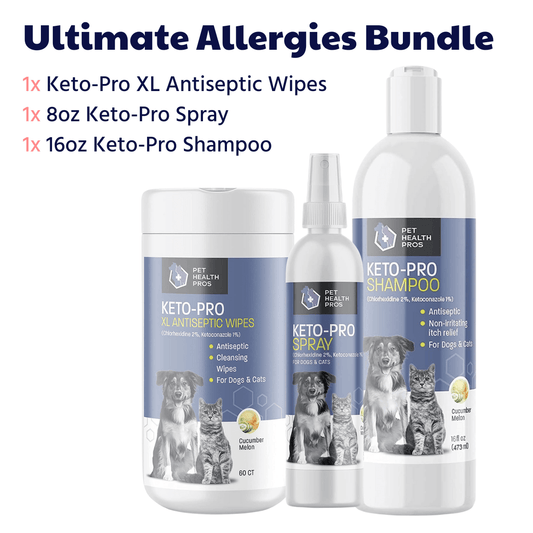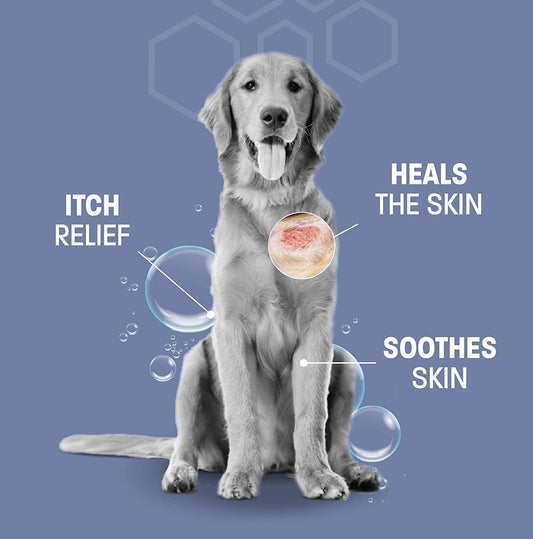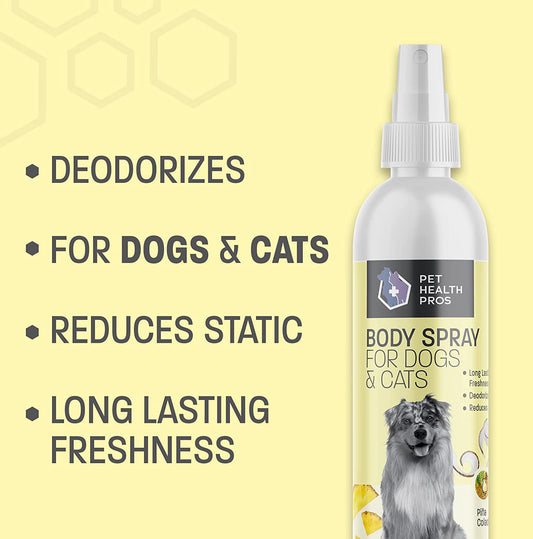In today's digital age, having a solid online presence is a must for any business, and vet clinics are no exception. As we step into 2024, creating an effective vet website is more important than ever. It's not just about having a pretty page; it's about building a platform that helps you connect with pet owners, share valuable information, and keep your services accessible. Whether you're just starting out or looking to revamp your current site, this guide will walk you through the essentials of crafting a vet website that truly works.
Key Takeaways
- Vet websites are crucial for reaching and engaging with clients.
- A user-friendly design is key to keeping visitors on your site.
- Content should be informative and engaging to build trust with pet owners.
- SEO practices help your website rank higher and attract more visitors.
- Regular updates and maintenance keep your site running smoothly and securely.
Understanding the Importance of Vet Websites
Why Vet Websites Matter
In today's digital age, a vet's website is more than just an online business card. It's a vital platform for communicating with pet owners, offering them valuable information and services. A well-designed vet website can significantly increase client trust and engagement. With more people turning to the internet for answers, having a solid online presence helps vets reach and educate their clients effectively.
Key Features of Successful Vet Websites
Creating a successful vet website involves incorporating several key features. Here are three must-haves:
- Clear Contact Information: Ensure that phone numbers, email addresses, and physical addresses are easy to find.
- Service Details: Provide comprehensive descriptions of the services offered, including any specialties.
- Educational Resources: Offer articles or guides on pet care, which can be a valuable resource for pet owners.
The Role of Vet Websites in Client Engagement
Vet websites play a crucial role in engaging clients by providing a platform for interaction and information sharing. Features like online appointment scheduling, chat support, and informative blogs can keep clients connected and informed. By integrating these elements, vet websites not only enhance service delivery but also foster a sense of community among pet owners.
In the world of veterinary care, a website isn't just a digital necessity—it's a bridge between vets and pet owners, offering a space for education, interaction, and trust-building.
Designing User-Friendly Vet Websites
Creating a website that’s easy to use is a must, especially for vet clinics. You want pet owners to find the information they need without any hassle. Let's dive into some key aspects of designing user-friendly vet websites.
Principles of Effective Web Design for Vets
When designing a vet website, keep it simple and clean. Cluttered pages can confuse visitors, so it's better to have a straightforward layout. Use colors and fonts that are easy on the eyes. Highlight important sections like services, contact info, and emergency numbers. A well-organized site makes navigation a breeze.
Ensuring Mobile Responsiveness
These days, most people browse on their phones. Your site should look good and work well on all devices. Mobile responsiveness means that your website adjusts to fit any screen size, whether it’s a phone, tablet, or computer. This is crucial because a site that doesn’t work on mobile might lose potential clients.
Creating Intuitive Navigation
Navigation should be intuitive and straightforward. Use clear labels for your menu items and keep the structure logical. Visitors should be able to find what they’re looking for in just a few clicks. Consider adding a search bar for even easier navigation.
A user-friendly website not only attracts more visitors but also helps in retaining them. When pet owners can easily access information, they're more likely to choose your clinic for their furry friends.
By focusing on these elements, vet websites can become more effective and engaging, ensuring that pet owners have a positive experience every time they visit.
Content Strategies for Vet Websites
Creating content for a vet website isn't just about filling pages with text. It's about connecting with pet owners and offering them valuable insights. Your content should answer common pet care questions and provide useful tips. Think about what pet owners are searching for online and tailor your articles to meet those needs. Consider these content types:
- Blog posts on pet care tips, common pet health issues, and seasonal advice.
- FAQs that address frequent questions about services or pet health.
- Educational articles that delve into specific pet conditions or treatment options.
A well-crafted article can build trust and establish your veterinary practice as a go-to resource for pet owners.
Visuals are a powerful tool on any website, and vet sites are no exception. High-quality images and videos can make your site more appealing and help convey information more effectively. Consider using:
- Images of happy, healthy pets to create a welcoming atmosphere.
- Infographics that simplify complex information, like treatment plans or pet care routines.
- Videos featuring vet tips, behind-the-scenes looks at your practice, or client testimonials.
Client testimonials and reviews are crucial for building credibility and trust. They provide social proof and can influence potential clients' decisions. When showcasing testimonials:
- Highlight specific experiences that reflect your practice's strengths.
- Include a mix of short quotes and detailed stories.
- Regularly update testimonials to keep them relevant.
By implementing these strategies, your vet website can become a trusted hub for pet owners, offering them the advice and assurance they seek. For more tailored support on enhancing your pet care services, consider exploring Pet Genius, an AI-powered pet health assistant that provides personalized insights for pet owners.
SEO Best Practices for Vet Websites
Optimizing for Local Search
To get your vet clinic noticed online, it's important to focus on local search optimization. This means making sure your business shows up when people nearby search for vet services. Make sure your clinic's name, address, and phone number are consistent across all online platforms. You can start by listing your clinic on Google My Business. This helps your clinic appear in local search results and on Google Maps.
- Claim your Google My Business listing.
- Encourage clients to leave reviews.
- Use local keywords in your website content.
Using Keywords Effectively
Keywords are the terms people use to search for services like yours. For a vet website, you want to use keywords that potential clients are likely to type into search engines. It's good to include these keywords naturally in your content, headings, and even in image alt texts. Keywords should reflect the services you offer, like "pet vaccinations" or "emergency vet services."
- Research and select relevant keywords.
- Use keywords in page titles and meta descriptions.
- Avoid keyword stuffing – keep it natural.
Improving Site Speed and Performance
A fast-loading website not only keeps visitors happy but also ranks better on search engines. Nobody likes waiting for a page to load, especially when they're looking for urgent care for their pet. Regularly check your site's speed and optimize images and scripts to keep things running smoothly.
- Compress images to reduce load times.
- Minimize the use of heavy scripts.
- Regularly test your site's speed with online tools.
Keeping your vet website optimized for search engines can greatly increase your clinic's visibility and attract more local clients. Remember, the goal is to make it easy for pet owners to find and choose your services when they need them most.
Leveraging Technology in Vet Websites
Integrating Online Appointment Booking
In today's digital age, convenience is key. Online appointment booking systems on vet websites allow pet owners to schedule visits without the hassle of phone calls. These systems can be synced with clinic calendars to show real-time availability, reducing the chances of double bookings. It's also a great way to manage last-minute cancellations, as open slots can be immediately offered to other clients. Consider implementing a system that sends reminders via email or SMS to ensure that pet owners don't forget their appointments.
Utilizing Chatbots for Customer Service
Chatbots have become increasingly popular for handling customer inquiries. They can provide quick answers to common questions, such as opening hours or service offerings, without the need for human intervention. This not only saves time for staff but also improves the overall customer experience. A well-designed chatbot can even guide users through more complex queries, directing them to the appropriate resources or personnel.
Implementing Secure Payment Systems
Security is a top priority when it comes to online transactions. Vet websites should incorporate secure payment gateways to protect clients' financial information. Look for systems that offer encryption and comply with industry standards to ensure safety. Offering multiple payment options, like credit cards or digital wallets, can also enhance user satisfaction. Ensuring data security builds trust with clients, encouraging them to use online services more frequently.
Maintaining and Updating Vet Websites
Regular Content Updates
Keeping your vet website up-to-date is like regularly checking your pet's health—it's essential for long-term success. Fresh content not only keeps your site relevant but also boosts your search engine rankings. Aim to update your blog posts, service pages, and news sections at least once a month.
- Blog Posts: Share tips, stories, or news about veterinary care.
- Service Pages: Make sure all services are current and accurately described.
- News Sections: Announce any changes or events related to your practice.
Monitoring Website Analytics
Understanding how visitors interact with your site is crucial. Use tools like Google Analytics to track metrics such as page views, bounce rates, and conversion rates.
- Page Views: Identify which pages attract the most visitors.
- Bounce Rates: Determine if visitors are leaving quickly and why.
- Conversion Rates: Analyze how many visitors turn into clients.
By keeping an eye on these metrics, you can make informed decisions about where to focus your efforts.
Ensuring Data Security and Privacy
In today's digital age, protecting client information is a top priority. Implement SSL certificates to encrypt data and reassure visitors that their information is safe. Regularly update your security protocols and conduct audits to identify potential vulnerabilities.
Keeping your vet website secure isn't just about protecting data; it's about building trust with your clients. When clients know their information is safe, they're more likely to engage with your services.
For more on how to ensure your pet's well-being, check out this comprehensive guide on proper pet care.
Keeping your veterinary website fresh and up-to-date is essential for attracting and retaining clients. Regular updates not only improve user experience but also help your site rank better in search engines. Don't let your website fall behind! Visit our site today to discover how we can help you maintain a vibrant online presence for your practice.
Conclusion
Creating a vet website that really works in 2024 isn't just about making it look nice. It's about making sure it does what pet owners need it to do. From easy navigation to clear information, every detail counts. Remember, your website is often the first impression potential clients will have of your practice. So, take the time to get it right. Keep it simple, keep it helpful, and make sure it reflects the care and professionalism you offer in person. With these tips, you're on your way to building a site that not only attracts visitors but also turns them into loyal clients.
Frequently Asked Questions
Why is having a website important for a vet clinic?
A website helps vet clinics reach more pet owners, share important information, and provide a way for clients to book appointments easily.
What are the key features of a good vet website?
A good vet website should be easy to use, mobile-friendly, and have clear information about services, staff, and contact details.
How can a vet website help with client engagement?
By offering online booking, sharing pet care tips, and allowing clients to leave reviews, a vet website can keep clients engaged and informed.
Why is mobile responsiveness important for vet websites?
Many people use their phones to browse the internet, so a mobile-friendly site ensures everyone can access the vet's information easily.
What role do visuals play in a vet website?
Visuals like photos and videos can make the site more engaging and help explain services or share success stories.
How can SEO improve a vet website's visibility?
SEO helps a vet website show up in search results when people look for pet care services, making it easier for potential clients to find them.


